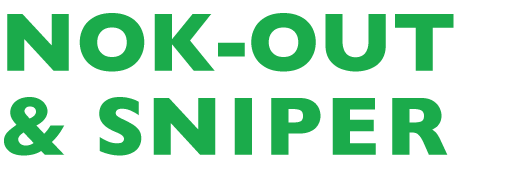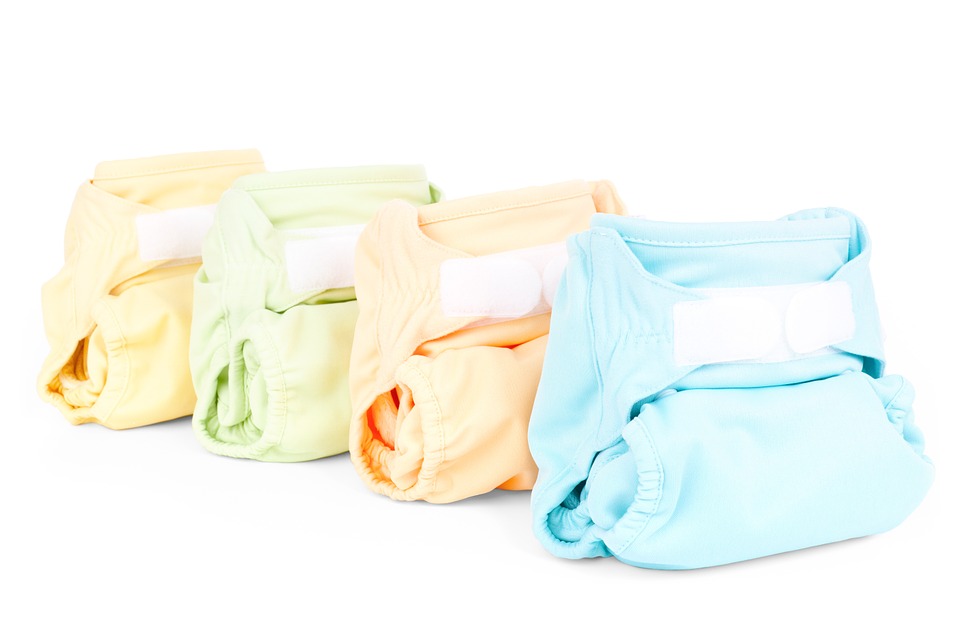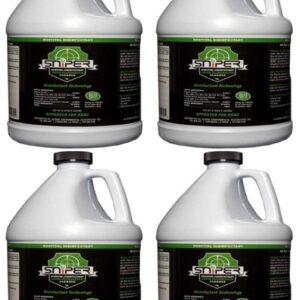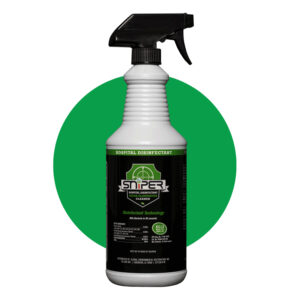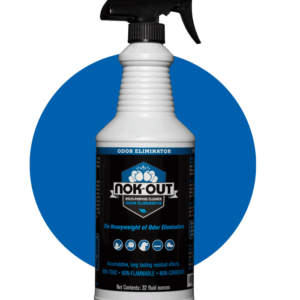Issues related to odor and bacteria in baby diapers
Horrors!
Diaper Pail first:
Horrible smells drift lazily around the bathroom or nursery. Smells that gag, cause men to faint, and make a person wonder if a baby was such a good idea after all. The Diaper Pail reeks of old stale urine and poop.
Wait! Maybe you don’t know about SNiPER. I’ll explain that later, but for now, let’s just examine how to stop that smell every time it happens!
Some simple remedies are just common sense. Your retching makes you forget them. Let’s be calm and keep going.
You don’t need any fancy contraptions to have a clean diaper pail.
Try to limit the number of dirty diapers that accumulate in the pail. This may mean more trips to the garbage can outside, but it does keep that nasty-smelling air from leaking into the baby’s nursery.
Another good tip. Always spray SNiPER into the empty pail. Spray SNiPER into the plastic bag insert. Keep the lid open to allow SNiPER to dry a bit. (It is during the drying process that SNiPER does it’s job.)
Regular air fresheners only mask poop odor. They really don’t have a long life span, even at that. The SNiPER formula is long lasting because it removes the odor completely (until another dirty diaper is dumped in the pail!)
Spray SNiPER in the pail both before and after tossing the dirty diaper.
Wash or spray SNiPER in the diaper pail often-at least once a day. This simple act cuts out much of the bacteria in the pail and in the air and helps keep the home more sanitary.
Both chlorine bleach and ammonia are sometimes used for this detail. Chlorine bleach is not at all safe in the nursery-anywhere. The fumes can be a powerful irritant to a baby’s sensitive skin and lungs. Ammonia is useful sometimes as well, but ammonia doesn’t have any antibacterial properties and is not safe for tender skin. Nor are the chemical air fresheners we tend to use. Particularly in a nursery, added chemicals in the air are a problem. A baby’s sensitive and brand-new lungs do not need harsh chemicals. Just fresh, clean and odor-free air. SNiPER, on the other hand, releases no unwanted or unsafe cleaning byproducts which may cause harm.
Diaper Bags:
Keep a clean plastic bag in your Diaper bag. You can also spray in inside the plastic bag before use. Allow it to dry. On your return to home, Dispose the bag and its contents. Some moms will shake the contents of the plastic bag in the toilet, and then dispose the plastic bag properly. Spray the interior of your diaper bag with SNiPER, and let dry before the next use.
Other Baby Issues:
Of course, after each diaper change, baby’s bottom must be washed. Use SNiPER to ensure that the baby’s bottom is clean and safe from bacteria collecting there. SNiPER is proven to be harmless by independent lab analyses. This link: https://nokout.com/MSDS-SNiPER.html, supplies you with the assurance that no dermal issues exist when used as directed. Dip a clean cloth in SNiPER, squeeze excess moisture, and gently wash the affected area. You can warm the cloth, then spray it with SNiPER.
Does anyone still use cloth diapers? These diapers really save lots of money! Research indicates that even if you use a diaper service, cloth diapers save as much as $2000.00 over disposables. Cloth diapers are also known to keep down diaper rashes. However, a combination of cloth and disposables makes a lot of sense. Disposable on-the-go, and cloth for every day economy and regular use. One of the ‘cons’ regarding cloth diapers are they are messy to clean. You WILL be doing laundry more often.
Babies and diapers become a personal issue for moms. Time, money, ease of use, and safest for the baby are primary questions for the new, or experienced Mom. Remember SNiPER. Your best friend in the nursery and beyond!
